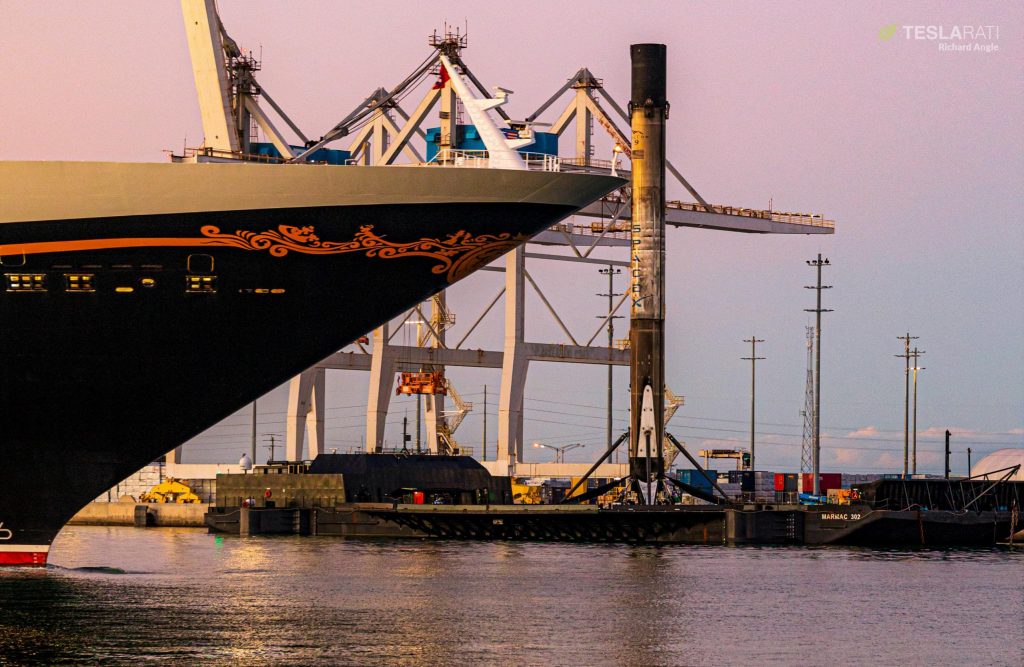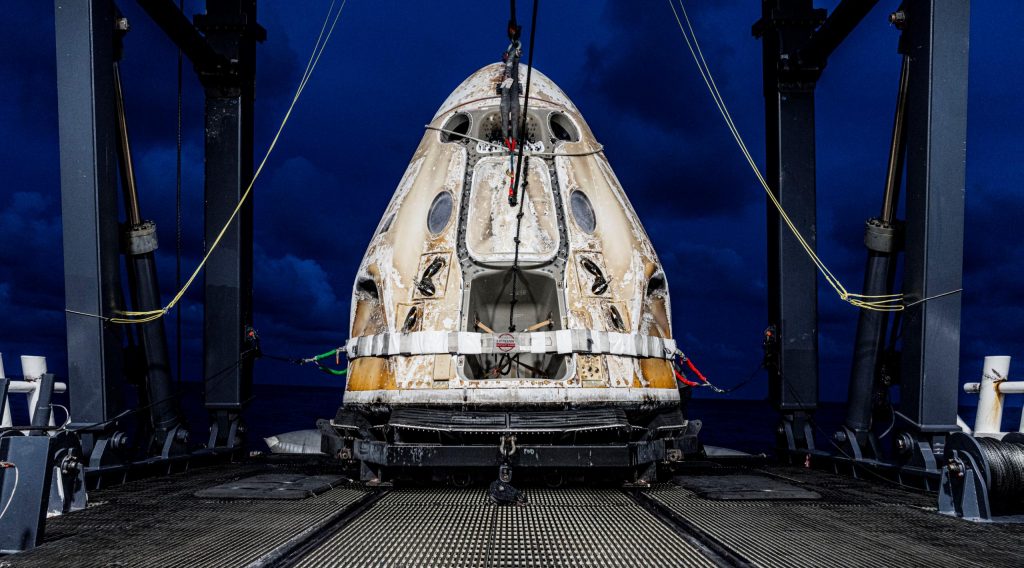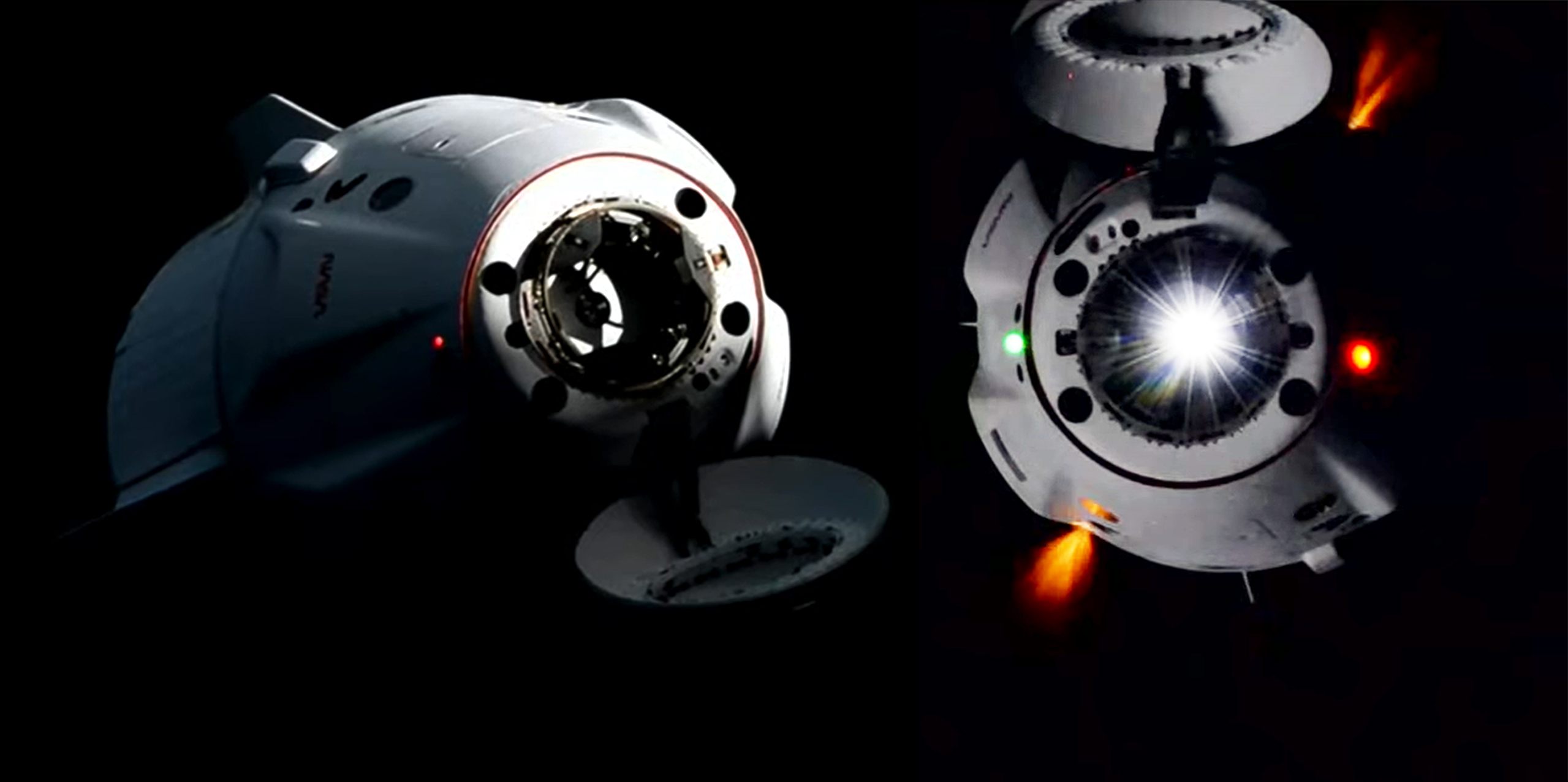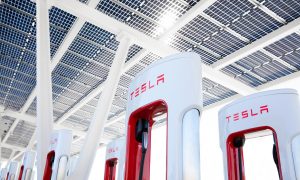NASA has updated the status of SpaceX’s next two crewed Falcon 9 launches – one fully private and the other for the space agency.
According to NASA, SpaceX’s first all-private Crew Dragon mission to the International Space Station has been delayed a month to allow additional technical and scheduling issues. Mission customer Axiom Space has yet to confirm or comment on the delay. NASA Commercial Crew Program manager Steve Stich also says that SpaceX’s next NASA astronaut launch will break a record for crewed Falcon booster reusability.
According to Stich, Crew-4’s four astronauts will launch atop a thrice-flown rocket, making the mission the first time SpaceX will have launched humans on the fourth flight of a Falcon 9 booster. However, Axiom’s first Crew Dragon launch might beat the space agency to the punch.

Crew-4 will be SpaceX’s fourth operational astronaut launch for NASA and is scheduled to lift off no earlier than (NET) April 15th, 2022 with a new Crew Dragon capsule and thrice-flown Falcon 9 booster B1067. On January 18th, a NASA blog post also confirmed a delay for Axiom’s Ax-1 mission, pushing the mission’s liftoff from February 21st to no earlier than (NET) March 31st, 2022 – quite close to Crew-4. Ax-1 will be Crew Dragon’s first private astronaut launch to the International Space Station (ISS) and the world’s first fully-private spaceflight to a space station. Unlike all other missions with private citizens that have visited the ISS, no Roscosmos or NASA astronauts will be aboard the spacecraft when Dragon lifts off.
Instead, commanded by former NASA astronaut Michael López-Alegría, Ax-1 will only carry private citizens. Each paying $55 million for the privilege, the mission’s three customers are Larry Connor, Mark Pathy, and Eytan Stibbe – all businessmen who’ve respectively amassed multmillion-dollar fortunes in real estate; entertainment and shipping; and military equipment and venture capitalism.
Ax-1 will reuse Crew Dragon capsule C207, which previously launched Crew-1 in November 2020 and Inspiration4 in September 2021. If Ax-1 avoids further delays, the mission will be the first time SpaceX (or anyone) launches astronauts in a twice-flown orbital space capsule. By all appearances, Ax-1 will also have to launch on a Falcon 9 booster that’s flown three or even four times (B1062 or B1063). Again, if Ax-1 launches before Crew-4, it will likely be the first crewed SpaceX launch to use such an experienced Falcon 9 booster.

However, if Ax-1 slips even a few days to the right, it’s more likely than not that NASA’s Crew-4 mission will take precedence and delay Ax-1 to late April 2022 at the earliest. Cargo Dragon’s CRS-25 ISS resupply mission is then scheduled to launch as early as May 2022, potentially setting the stage for a salvo of Dragon launches. Pad 39A, which will be responsible for all three launches, has a turnaround record of 10 days and has never launched two Dragons less than 18 days apart. The latter record will have to be broken for the current Ax-1 – Crew-4 schedule to hold.











